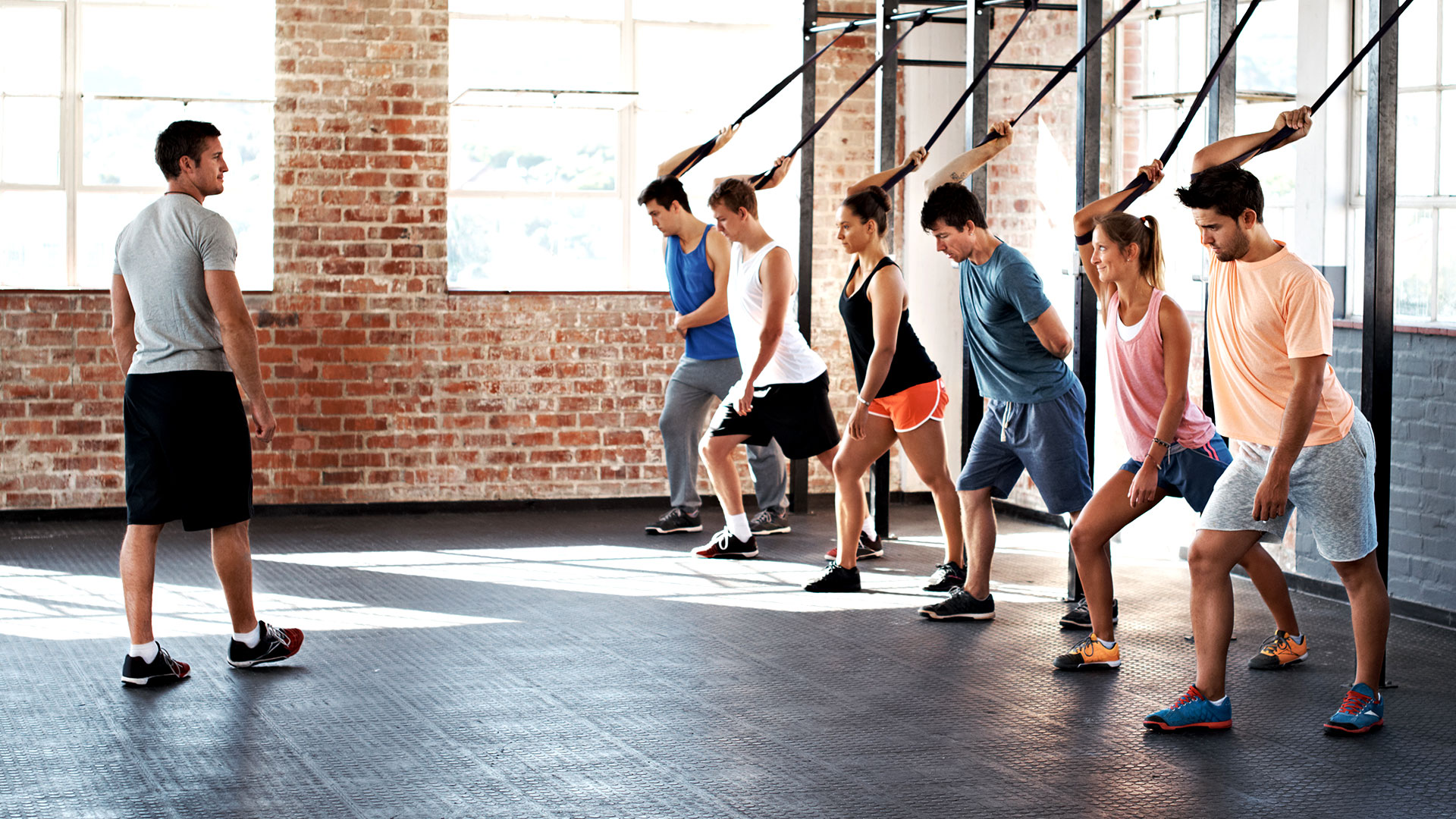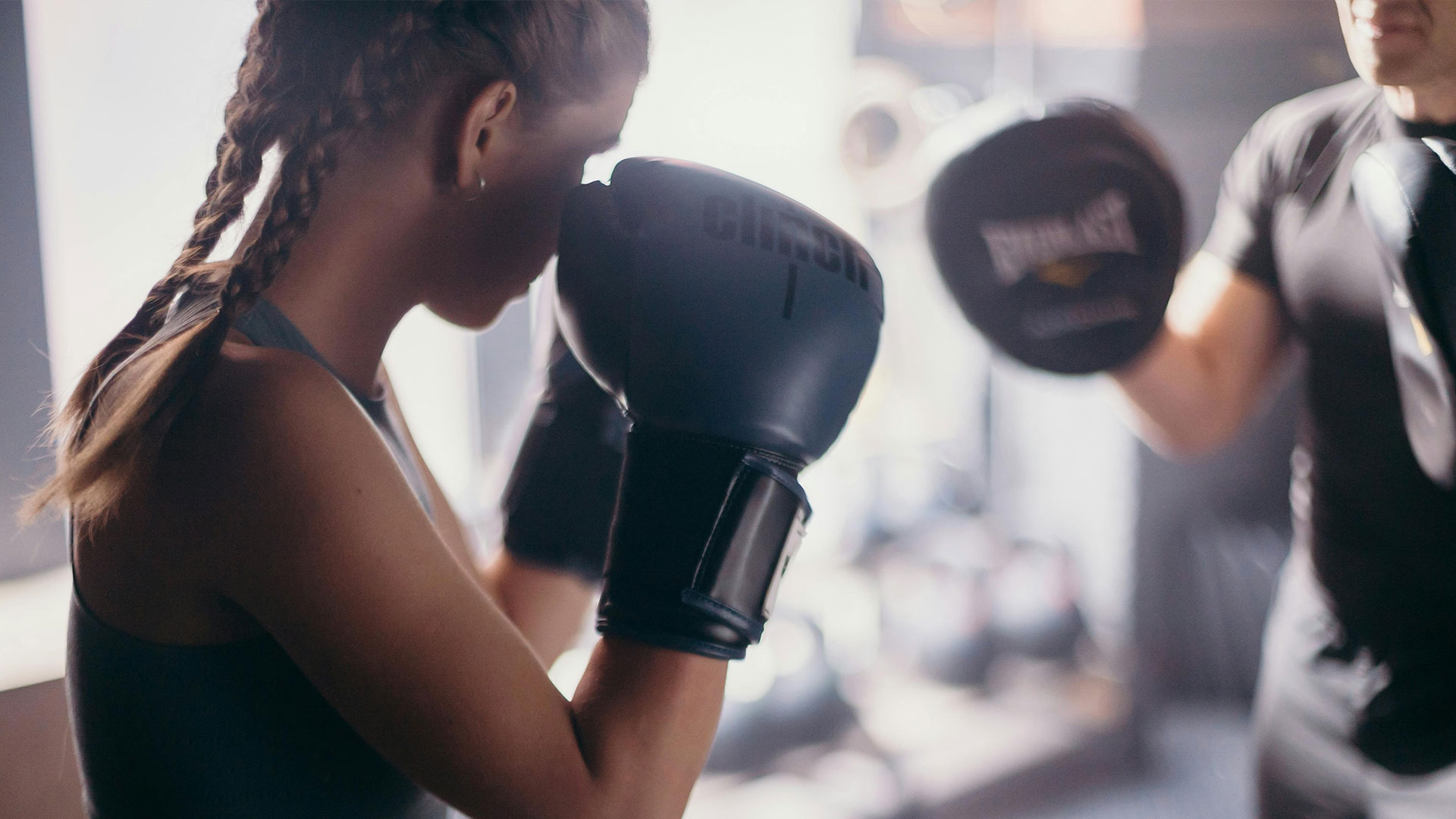
As a yoga instructor or yoga studio owner, one of the most significant challenges can be ensuring a steady flow of students into your classes. Building a thriving yoga community takes effort, strategy, and consistency. If you’re wondering how to increase yoga class attendance, we are here to provide you with actionable tips to help you attract new students, retain existing ones, and foster a supportive, vibrant yoga community.
Understanding your audience to boost yoga class attendance
Whether you’re starting out as a yoga instructor or are experienced in the field, in order to effectively increase yoga class attendance, you need to know your audience. Every yoga community is unique, and understanding the needs and preferences of your students is critical to tailoring your offerings and ensuring their loyalty.
- Tailor Classes to Their Needs: Use the feedback to offer classes that resonate with your audience. For instance, if many students express interest in evening relaxation sessions after work, schedule relaxing yoga styles in the evening. If beginners are hesitant to join, introduce foundational classes to help them feel more confident.
- Understand Demographics and Lifestyles: Are your students busy professionals, parents, or retirees? Knowing this will help you craft a schedule and atmosphere that aligns with their lifestyles.
By focusing on your students’ preferences, you’ll show them that their input matters, which creates loyalty and increases attendance.
Offer promotions and incentives to increase class attendance
Incentives can play a powerful role in attracting new students and keeping current ones coming back. When done strategically, promotions create buzz around your classes and encourage students to commit long-term.
- Discounts for First-Time Attendees: Offering a discounted or free first class can lower the barrier for potential students who might be hesitant to commit. Once they experience the value of your classes, they’re more likely to return.
- Referral Programs: Encourage your current students to bring a friend by offering discounts or free classes for successful referrals. This not only increases attendance but also strengthens your community through word-of-mouth marketing.
- Seasonal Promotions: Run promotions during quieter times of the year. Offer packages or themed classes to capture interest.
Incentives provide value to your students while encouraging them to stay committed to their practice.
How to improve class scheduling for better attendance
Scheduling plays a vital role in determining how to increase yoga class attendance. If your schedule doesn’t align with your students’ availability, even the best yoga classes may go unnoticed.
- Offer Flexible Timing: Schedule classes at various times to accommodate different lifestyles. Morning sessions might appeal to early risers, while evening classes attract those looking to unwind after work. Don’t forget lunchtime classes for office workers looking for a quick reset.
- Experiment with Weekends: Weekend yoga sessions, especially early morning or mid-afternoon, often attract students who may be too busy during the week.
- Make Location Accessible: Offer online and in person classes – both of which can be facilitated through Gymcatch.
- Use Tools to Simplify Scheduling: Platforms like Gymcatch allow you to streamline scheduling, communicate with students about class times, and even manage cancellations. A user-friendly booking system ensures students can book their spots easily, further increasing attendance.
Creating a welcoming environment to attract more students
The atmosphere of your yoga studio can make or break your students’ experience. People are more likely to return if they feel comfortable, included, and valued.
- Foster Inclusivity: Ensure that your classes are welcoming to all skill levels, ages, and body types. Use inclusive language and offer modifications so everyone feels confident participating.
- Build a Sense of Community: Encourage students to connect with each other by organising community events like coffee mornings or yoga retreats. A strong sense of community can turn one-off attendees into regulars.
- Prioritise Cleanliness and Comfort: A clean, organised, and serene studio is vital for creating a positive impression. Make sure your space reflects the calming nature of yoga.
- Use Positive Reinforcement: Celebrate milestones with your students, whether it’s their first successful pose or completing a 30-day yoga challenge. Recognition builds loyalty and motivates students to keep coming back.
By cultivating a friendly and inclusive environment, you’ll not only boost attendance but also create a space where people genuinely want to spend their time.
Marketing strategies to increase yoga class attendance
Marketing is key to growing your yoga community. By combining digital and traditional methods, you can maximise your reach and ensure your classes are always full.
- Social Media Promotion: Share class schedules, engaging videos, and testimonials on platforms like Instagram and Facebook.
- Email Newsletters: Keep your students informed with regular updates, including new class offerings, upcoming events, and special promotions. Tools like Gymcatch can help you manage your email marketing campaigns.
- SEO for Your Website: Optimise your website with the right keywords and with informative and helpful content to attract potential students searching online. Include a blog section to share tips and insights related to yoga.
- Leverage Reviews: Encourage satisfied students to leave reviews on Google or social media. Positive testimonials act as powerful endorsements for your yoga classes.
An effective marketing strategy ensures you reach both potential and existing students, keeping your classes vibrant and full.
Tracking your progress to maintain consistent attendance
Tracking attendance trends is crucial for long-term success. By monitoring what works and what doesn’t, you can continuously refine your approach to ensure consistent growth.
- Analyse Attendance Trends:Use tools like Gymcatch to monitor attendance rates, cancellations, and peak class times. These insights will help you adjust your schedule and offerings to meet demand.
- Measure the Success of Promotions: Track the performance of referral programs, loyalty rewards, and seasonal promotions to see which strategies yield the best results.
- Seek Feedback: Regularly check in with your students to understand their evolving preferences. Adapt your classes and marketing strategies based on their input.
- Celebrate Wins: When attendance improves or you hit a milestone, share the achievement with your community. Celebrating success together strengthens bonds and encourages ongoing participation.
By tracking your progress, you can make data-driven decisions that lead to consistent attendance and a thriving yoga community.
How Gymcatch can help you increase yoga class attendance
Gymcatch is a powerful tool for yoga instructors and studio owners looking to streamline operations and boost engagement. With features like class scheduling, online bookings, and attendance tracking, it simplifies the administrative side of running a yoga business. Our platform also enables you to promote classes effectively, manage payments, and build stronger connections with your students.
By leveraging Gymcatch, you can focus more on teaching yoga and less on logistics, giving you the freedom to grow your community and inspire more people to join your yoga journey.
Building a thriving yoga community doesn’t happen overnight, but with these strategies, you can create a welcoming, engaging, and well-managed environment that encourages consistent attendance. Whether through understanding your audience, offering incentives, refining your schedule, or leveraging marketing tools, the steps you take today can lead to long-term success.










